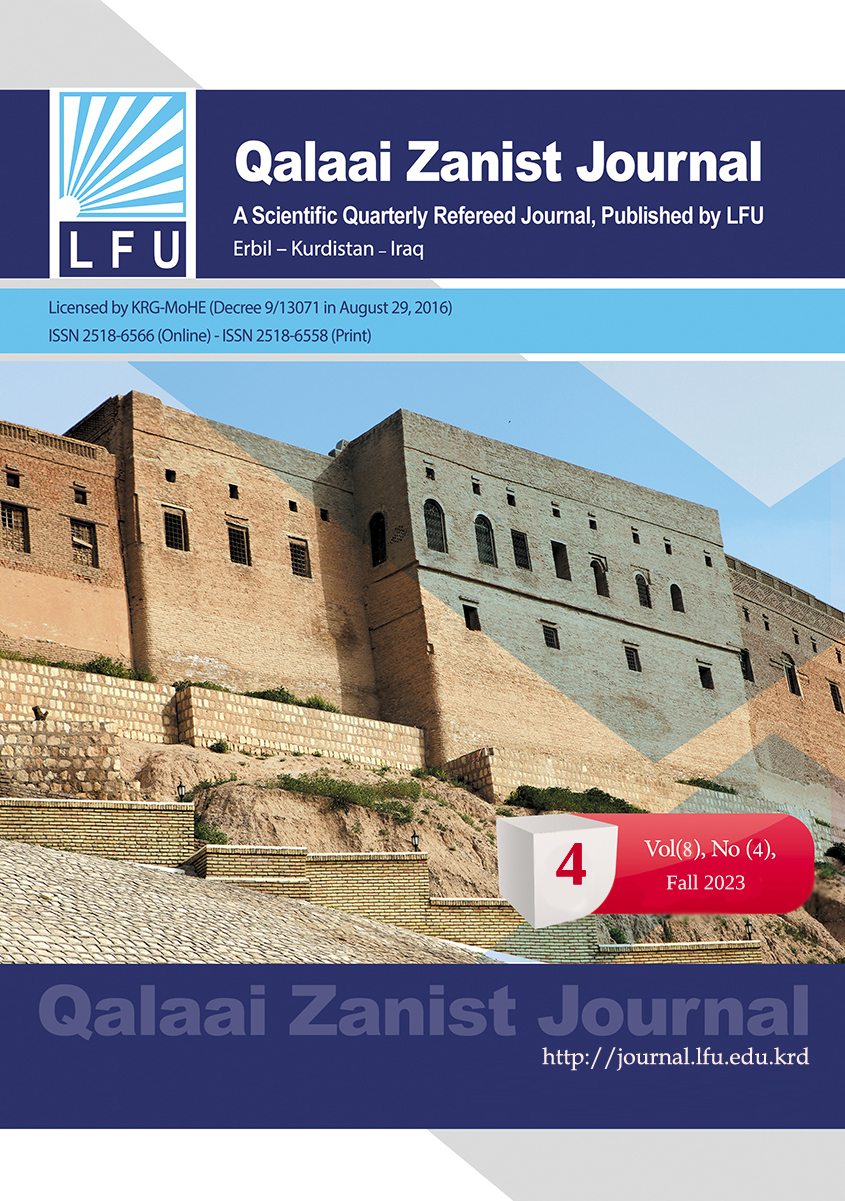Shortcomings of the Kurdistan Region's Education System after the Reforms from 2007
##plugins.themes.bootstrap3.article.main##
پوختە
This study aims to identify the shortcomings of the education system in the Kurdistan Region, particularly after the reform of May 24, 2007 until 2015. In this study, the researcher discussed the education situation and the education system in the Kurdistan Region within the framework of a theoretical background, and all the congresses held in the education system from 1993 to 2015. On the basis of the data gathered, the weaknesses of this system were identified and analysed in six points in detail. In conclusion, the researcher found that although the Kurdistan Region has had its own new education system after May 2007, the structure of this system in all six elements, which include teachers, students, school buildings, curriculum and parents of students have many shortcomings. Consequently, a number of recommendations are put forward to address these shortcomings.
Downloads
##plugins.themes.bootstrap3.article.details##
چۆنییەتی بەکارهێنانی سەرچاوە
Copyright (c) 2023 Haval Hussein Saeed

This work is licensed under a Creative Commons Attribution 4.0 International License.

